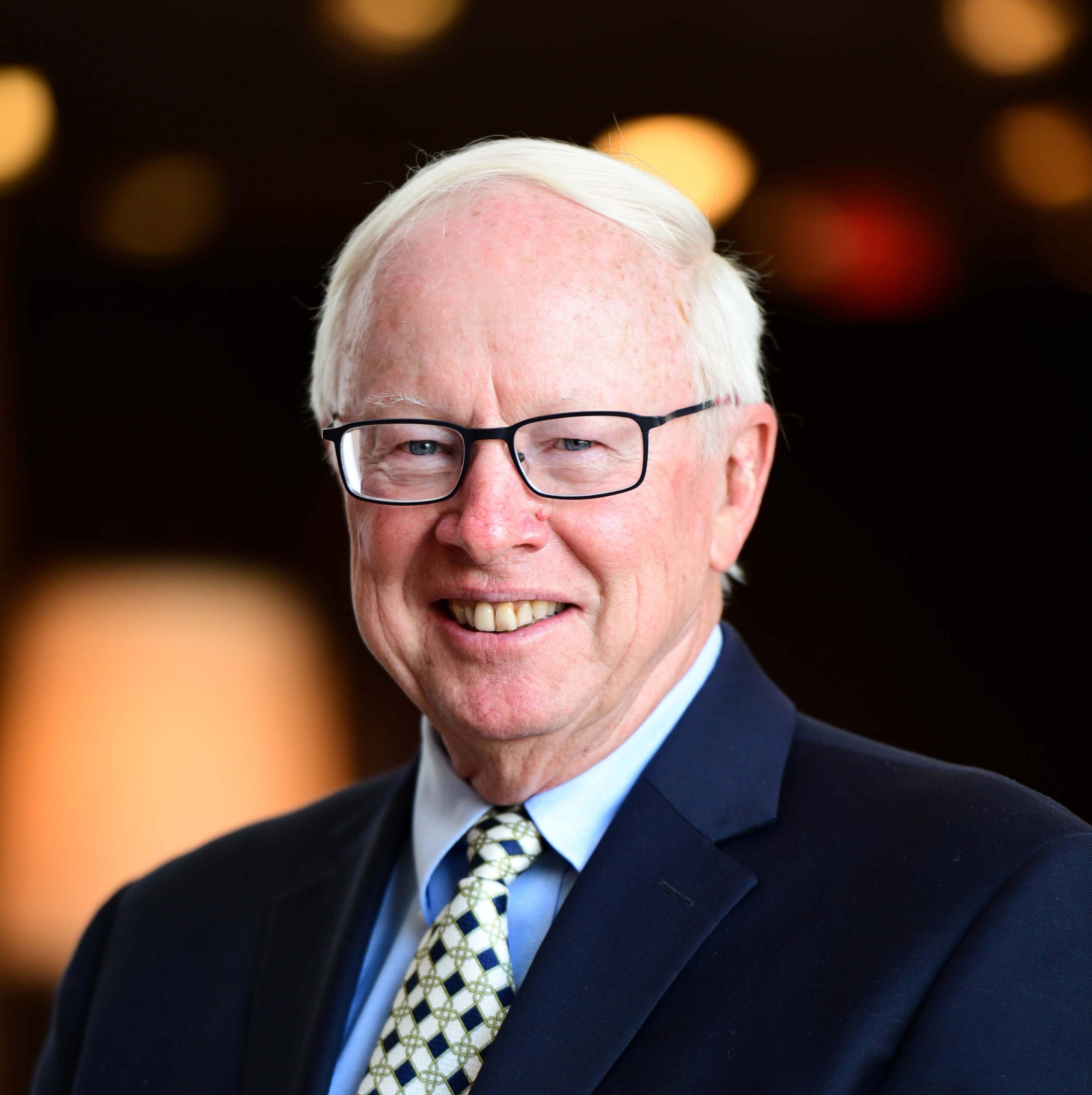Many people assume that religion is unchanging across time and place, but in order to survive, religion must adapt to new social and cultural realities. Membership and participation in religious groups fluctuates over time, with some groups gaining or losing adherents in the process. Religious affiliation may be related to many different things, including basic population shifts through immigration and aging.
Religion also changes through the varying needs and desires of different generations—what one generation thinks is sacrosanct, the next generation may consider no longer essential to their faith. Further, religious organizations must keep up with how the spiritual and religious needs of individuals change across their life course. Religions must adapt to the needs and demands of both young and old adherents, even as they maintain the core tenets of the tradition.
Photo Credit: Stefan Georgi
 BookFijians in Transnational Pentecostal NetworksFijians in Transnational Pentecostal Networks by Karen Brison (Australian National University, 2023) The writing of this book was supported by the Pentecostal Charismatic Research Initiative. In Fijians in Transnational Pentecostal Networks, Karen J. Brison …Topics: Books, Christianity, Pentecostalism, Religious Affiliation
BookFijians in Transnational Pentecostal NetworksFijians in Transnational Pentecostal Networks by Karen Brison (Australian National University, 2023) The writing of this book was supported by the Pentecostal Charismatic Research Initiative. In Fijians in Transnational Pentecostal Networks, Karen J. Brison …Topics: Books, Christianity, Pentecostalism, Religious Affiliation- CRCC in the NewsKPCC LAist 89.3: Richard Flory on How Gen-Z Are Finding (Or Moving Away From) ReligionHow has living in a time of tremendous social change influenced Gen Z’s attitudes towards religion–organized or otherwise? CRCC’s executive director Richard Flory was on KPCC LAist 89.3’s Airtalk with Larry Mantle …Topics: Innovation and Change, Religious "Nones", Religious Affiliation
 ArticleJenifer Colpas Fernández: Young Colombian activist brings light to the displaced communitiesThis article was originally published on Religion News Service, with the support of CRCC’s global project on engaged spirituality. CARTAGENA, Colombia (RNS) — In Isla de León, an hour’s drive through traffic-choked streets …Topics: Buddhism, Catholicism, Engaged Spirituality, Environmental Justice, Religious "Nones", Spiritual Exemplars
ArticleJenifer Colpas Fernández: Young Colombian activist brings light to the displaced communitiesThis article was originally published on Religion News Service, with the support of CRCC’s global project on engaged spirituality. CARTAGENA, Colombia (RNS) — In Isla de León, an hour’s drive through traffic-choked streets …Topics: Buddhism, Catholicism, Engaged Spirituality, Environmental Justice, Religious "Nones", Spiritual Exemplars ArticleReimagining (Again): Key Lessons on Ministry Sustainability in a Post-Pandemic WorldThe USC Center for Religion and Civic Culture (CRCC) recently held its first in-person event since the start of the COVID-19 pandemic in late 2019. More than 70 clergy and faith-inspired community …Topics: Innovation and Change, Nick Street, Religious Affiliation, Religious Leadership, Thriving Congregations
ArticleReimagining (Again): Key Lessons on Ministry Sustainability in a Post-Pandemic WorldThe USC Center for Religion and Civic Culture (CRCC) recently held its first in-person event since the start of the COVID-19 pandemic in late 2019. More than 70 clergy and faith-inspired community …Topics: Innovation and Change, Nick Street, Religious Affiliation, Religious Leadership, Thriving Congregations- CRCC in the NewsLA Daily News: Churches face post-pandemic declines in membershipLike many congregations in the wake of pandemic-era restriction, the first Black church founded in the San Fernando Valley has seen significant declines in membership, the Los Angeles Daily News reported. Membership …Topics: Black Church, Christianity, Religious Affiliation
 CRCC in the NewsJTA: Flory and Belzer on the Spiritual Lives of Young JewsYoung Jews, age 13-25, are among those who are least likely to be thriving spiritually and religiously, according to a survey conducted by Springtide Research Institute. The Jewish Telegraphic Agency turned to …Topics: Judaism, Religious Affiliation
CRCC in the NewsJTA: Flory and Belzer on the Spiritual Lives of Young JewsYoung Jews, age 13-25, are among those who are least likely to be thriving spiritually and religiously, according to a survey conducted by Springtide Research Institute. The Jewish Telegraphic Agency turned to …Topics: Judaism, Religious Affiliation CRCC in the NewsDeseret News: Flory on Reaching Gen Z During the PandemicIs the COVID-19 pandemic the perfect opportunity for faith leaders to reach Gen Z? Research suggests that this might be an ideal moment for faith leaders to reach out, but so far, …Topics: COVID, Religious "Nones", Religious Affiliation
CRCC in the NewsDeseret News: Flory on Reaching Gen Z During the PandemicIs the COVID-19 pandemic the perfect opportunity for faith leaders to reach Gen Z? Research suggests that this might be an ideal moment for faith leaders to reach out, but so far, …Topics: COVID, Religious "Nones", Religious Affiliation CRCC in the NewsReligion News Service: Richard Flory on Young Adults Leaving ReligionYoung adults are leaving organized religion in high numbers. Religion News Service spoke with co-authors Melinda Lundquist Denton and CRCC’s Richard Flory on the findings in their new book about the changing …Topics: Christianity, Religious "Nones"
CRCC in the NewsReligion News Service: Richard Flory on Young Adults Leaving ReligionYoung adults are leaving organized religion in high numbers. Religion News Service spoke with co-authors Melinda Lundquist Denton and CRCC’s Richard Flory on the findings in their new book about the changing …Topics: Christianity, Religious "Nones" BookBack-Pocket God: Religion and Spirituality in the Lives of Emerging AdultsBack-Pocket God: Religion and Spirituality in the Lives of Emerging Adults By Melinda Lundquist Denton & Richard Flory (Oxford University Press, 2020) More than a decade ago, a group of researchers began …Topics: Books, Religious Affiliation, Richard Flory
BookBack-Pocket God: Religion and Spirituality in the Lives of Emerging AdultsBack-Pocket God: Religion and Spirituality in the Lives of Emerging Adults By Melinda Lundquist Denton & Richard Flory (Oxford University Press, 2020) More than a decade ago, a group of researchers began …Topics: Books, Religious Affiliation, Richard Flory CRCC in the NewsDeseret News: Flory on Justin Bieber’s ChristianityWhy does it seem that everyone is buzzing about Justin Bieber’s faith? Deseret News interviewed Richard Flory on the allure of celebrity Christians. Here is an excerpt: That’s been the case for …Topics: Evangelicalism, Religious Affiliation
CRCC in the NewsDeseret News: Flory on Justin Bieber’s ChristianityWhy does it seem that everyone is buzzing about Justin Bieber’s faith? Deseret News interviewed Richard Flory on the allure of celebrity Christians. Here is an excerpt: That’s been the case for …Topics: Evangelicalism, Religious Affiliation CRCC in the NewsDeseret News: Flory on Declining Church AttendanceToday, nearly 1/4 of Americans do not affiliate with a faith group, and church leaders across the country are growing concerned on how to combat declining church attendance rates. Deseret News interviewed CRCC’s Senior Director …Topics: Christianity, Religious "Nones", Religious Affiliation
CRCC in the NewsDeseret News: Flory on Declining Church AttendanceToday, nearly 1/4 of Americans do not affiliate with a faith group, and church leaders across the country are growing concerned on how to combat declining church attendance rates. Deseret News interviewed CRCC’s Senior Director …Topics: Christianity, Religious "Nones", Religious Affiliation CRCC in the NewsReligion News Service: As Americans Disengage From Religion, A California Institution Encourages QuestioningAgainst the backdrop of decreasing religiosity in America, the Krikshnamurti Foundation of America (KFA) finds a growing following that encourages members to question and reach their own conclusions about their faith. Religion …Topics: Innovation and Change, Religious "Nones", Religious Affiliation
CRCC in the NewsReligion News Service: As Americans Disengage From Religion, A California Institution Encourages QuestioningAgainst the backdrop of decreasing religiosity in America, the Krikshnamurti Foundation of America (KFA) finds a growing following that encourages members to question and reach their own conclusions about their faith. Religion …Topics: Innovation and Change, Religious "Nones", Religious Affiliation
“In major urban centers across the United States, there is a generalized perception that individuals in their 20s and early 30s constitute a ‘black hole’ in congregational life. Members of the young-adult population are simply missing from most churches, synagogues and mosques.”
—Tobin Belzer, Richard Flory, Nadia Roumani and Brie Loskota, in Congregations that Get It: Understanding Religious Identities in the Next Generation
CRCC Experts
To schedule an interview with one of our experts, please contact CRCC:
crcc@usc.edu or 213-743-1611





